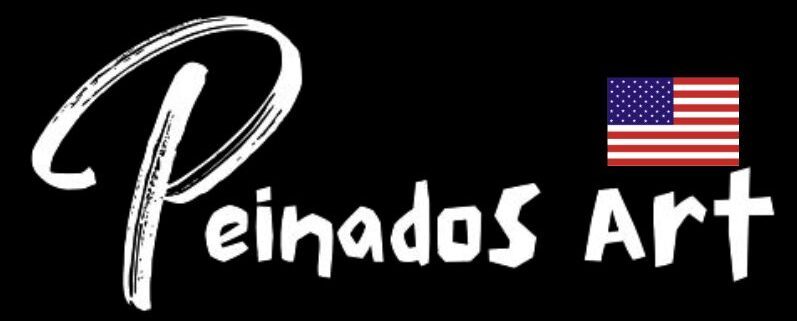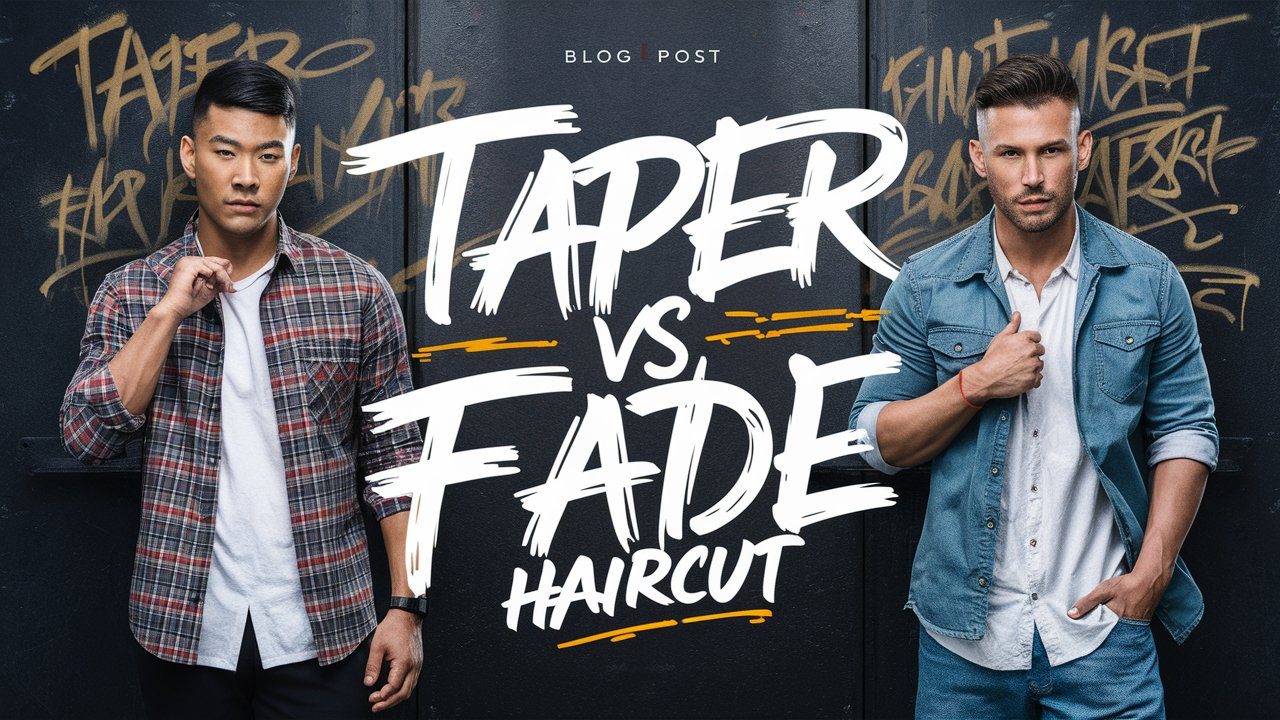Taper vs Fade: When it comes to choosing the perfect haircut, the options can be overwhelming. Two of the most popular styles are the taper and the fade. While they might seem similar at first glance, they each offer unique elements that can suit different preferences and styles. Let’s break down the differences between these two haircuts and help you decide which one is right for you.
What is a Taper Haircut?
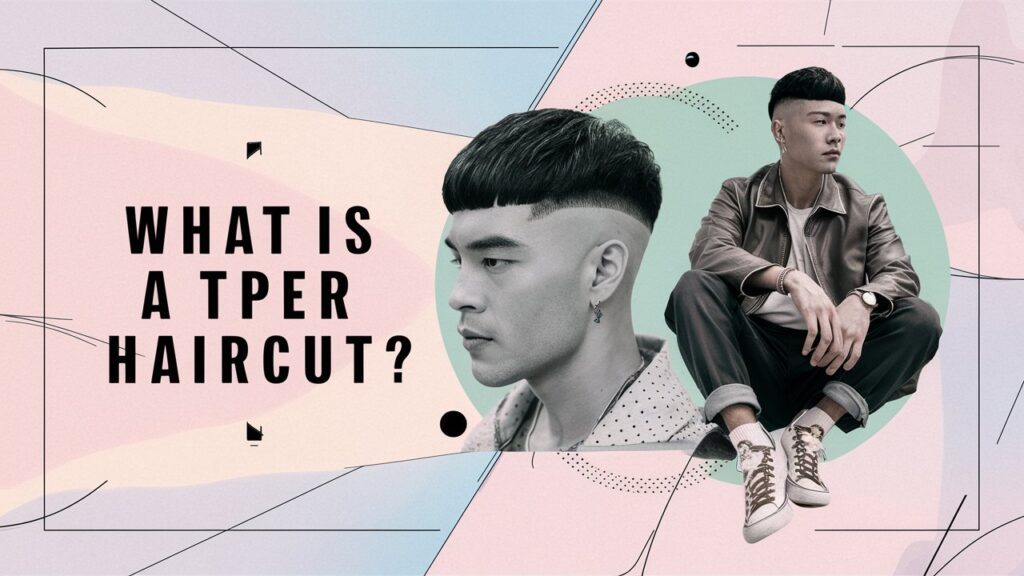
A taper haircut is a classic and timeless style. It involves gradually reducing the length of the hair from the top of the head down to the nape of the neck and around the ears. The transition is smooth and subtle, creating a neat and polished look. This style is often seen in professional settings because of its clean and versatile appearance.
Why Choose a Taper Haircut?
A taper haircut is a versatile and classic style that suits a wide range of preferences and lifestyles. Here are several reasons why you might choose a taper haircut:
- Professional Appearance: The smooth, gradual transition of a taper haircut gives a polished and neat look, making it ideal for professional and business settings.
- Versatility: Taper haircuts can be styled in numerous ways, from sleek comb-overs to trendy quiffs. This adaptability allows you to change up your look without needing a completely new haircut.
- Low Maintenance: Unlike more dramatic styles, tapers grow out evenly and don’t require frequent touch-ups. This makes them an excellent choice for those who prefer a low-maintenance haircut.
- Suitability for All Hair Types: Whether you have straight, wavy, or curly hair, a taper can be tailored to complement your natural texture, enhancing your overall look.
- Timeless Style: Taper haircuts have been popular for decades and continue to be a go-to choice due to their timeless appeal. This classic style never goes out of fashion and can be worn by individuals of all ages.
If you’re having trouble deciding which hairstyle suits your style, read our article “Virtual Hair Makeovers: Using Apps to Find Your Perfect Style” for helpful tips and tools to visualize different haircuts on yourself.
Popular Examples of Taper Haircuts
Classic Taper

This style features longer hair on top with a gradual taper on the sides and back.
- Best For: Traditional and professional settings.
- Styling Tips: Use a comb and some pomade to slick back or part the hair for a sleek finish. Learn more about classic taper styling tips.
Side Part Taper
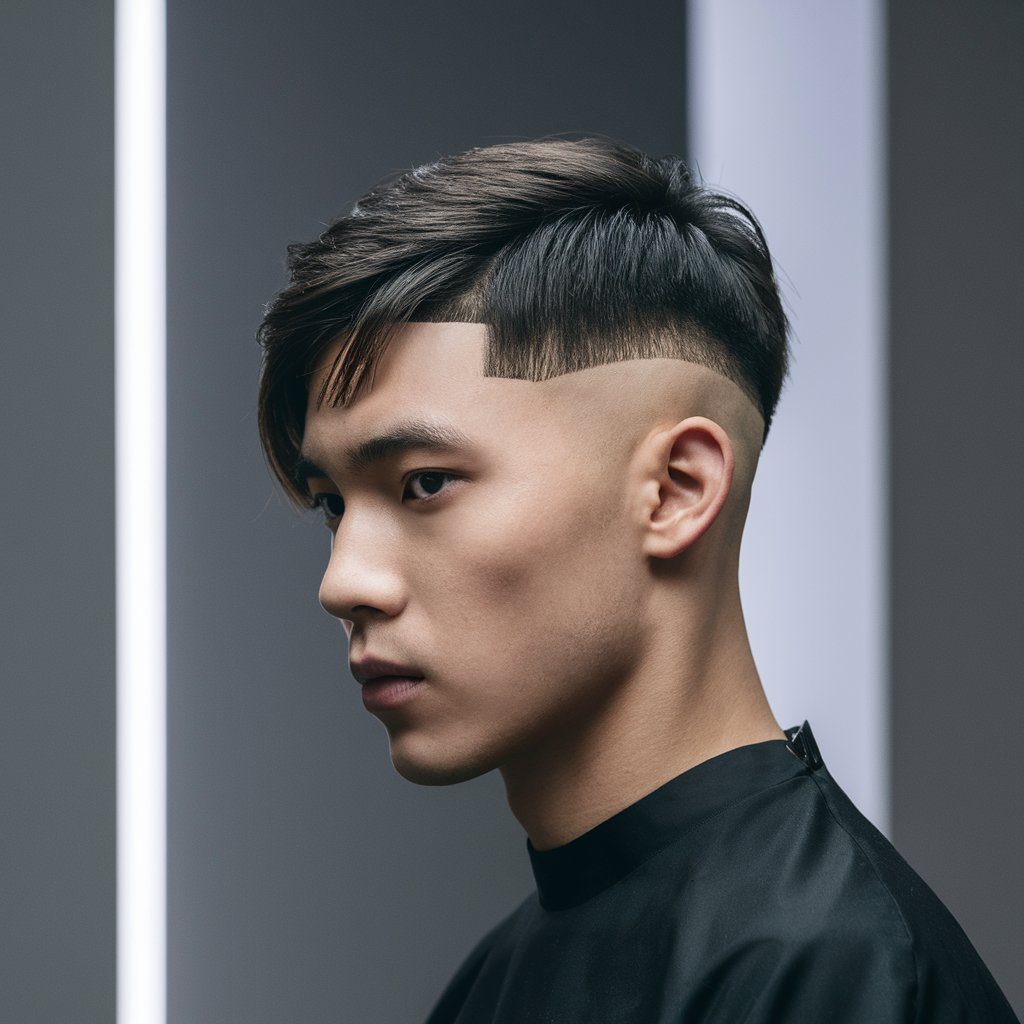
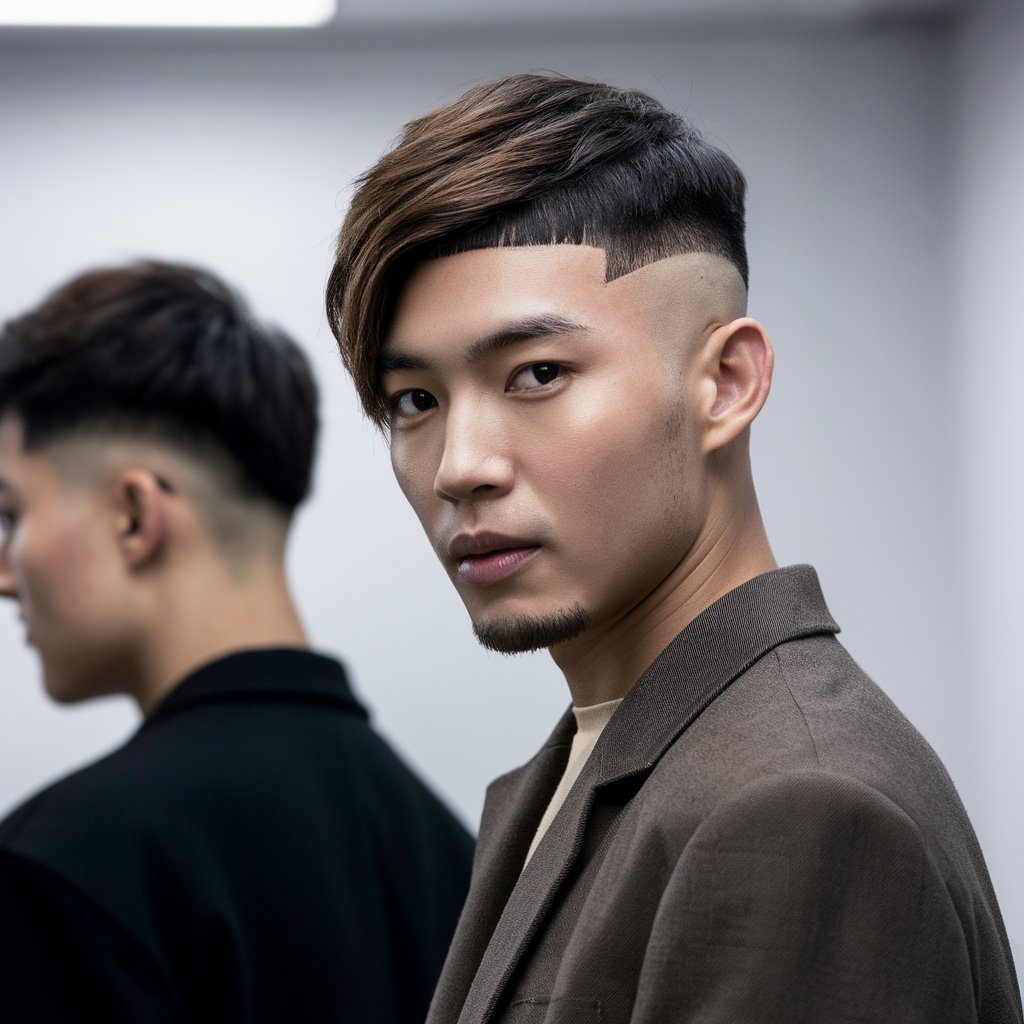
Hair is parted to one side with a clean taper on the sides.
- Best For: Formal occasions and business environments.
- Styling Tips: Use a styling cream to define the part and keep hair in place.
Curly Taper
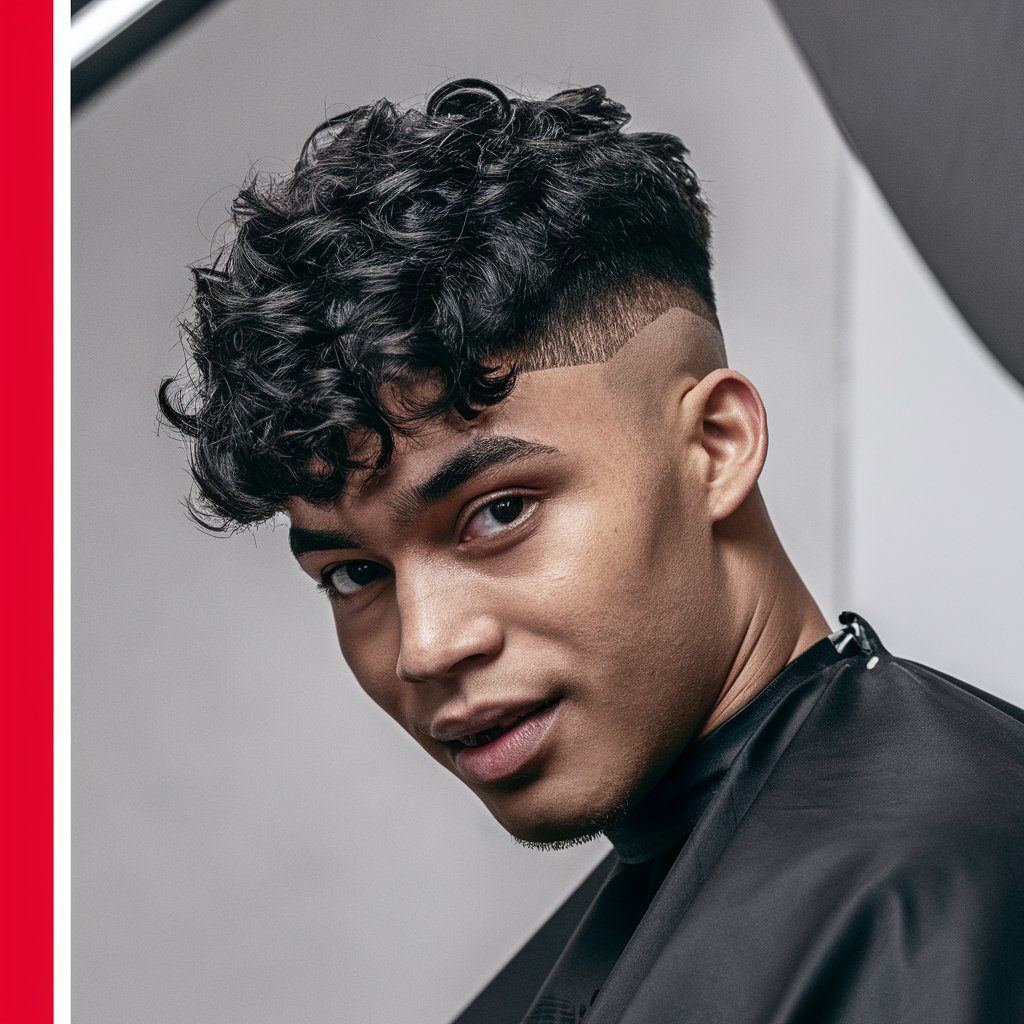
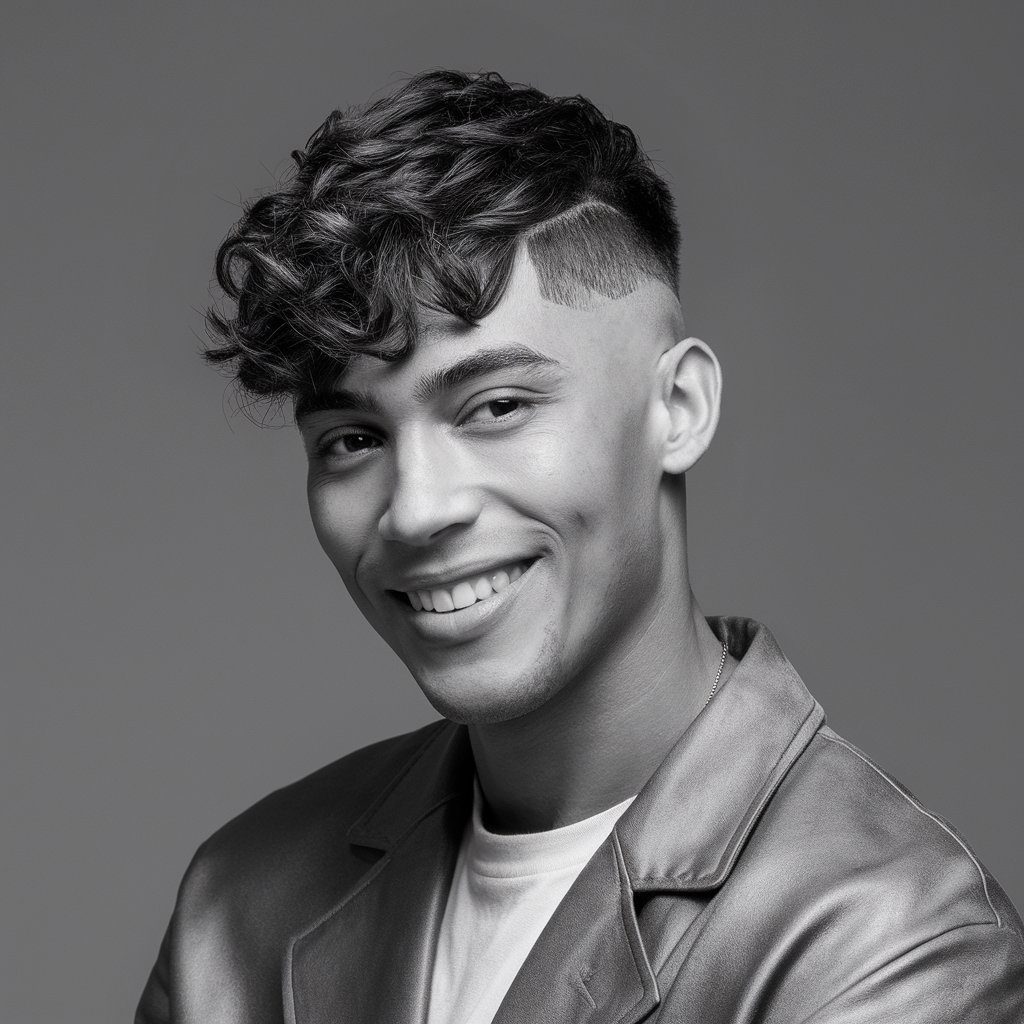
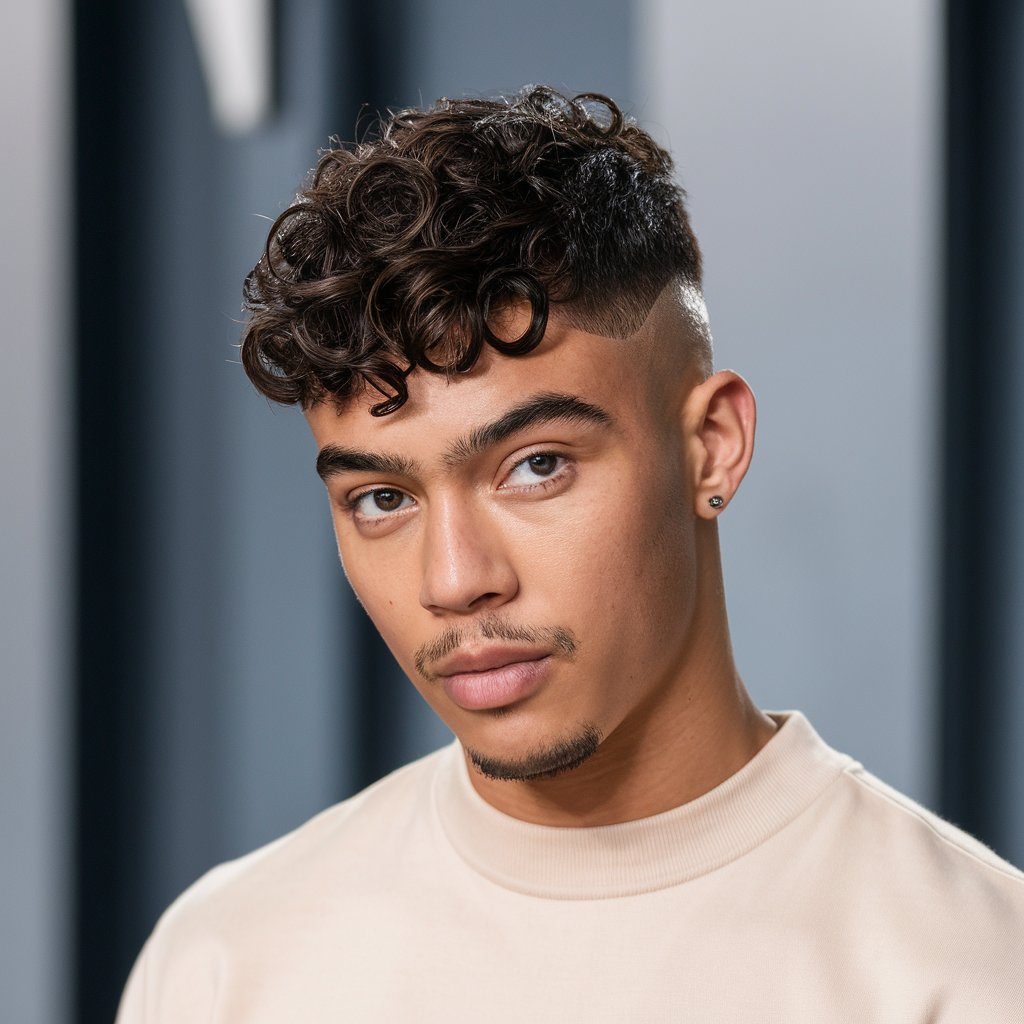
Maintains natural curls on top with a gradual taper down the sides.
- Best For: Curly-haired individuals looking for a structured yet natural look.
- Styling Tips: Apply a curl-enhancing product to keep curls defined and frizz-free. Find top curl-enhancing products.
Tapered Pompadour
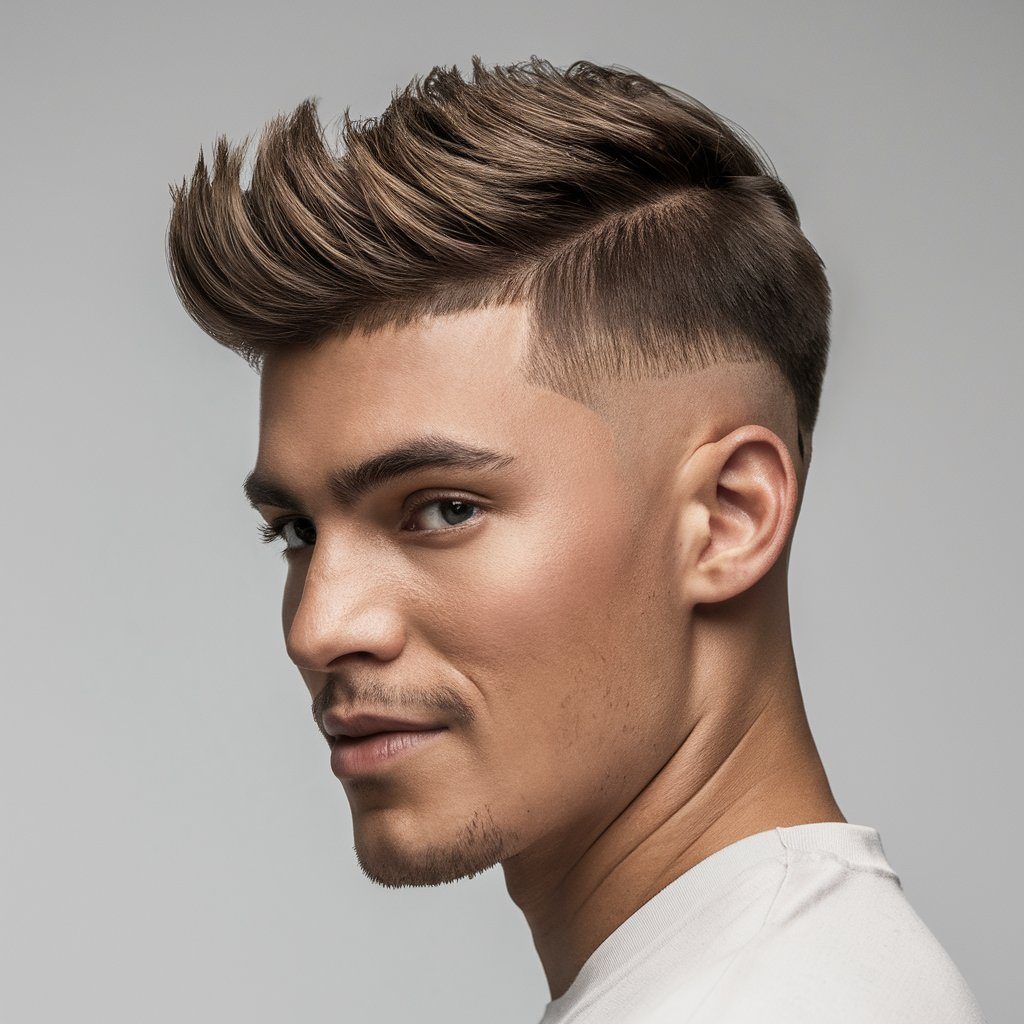
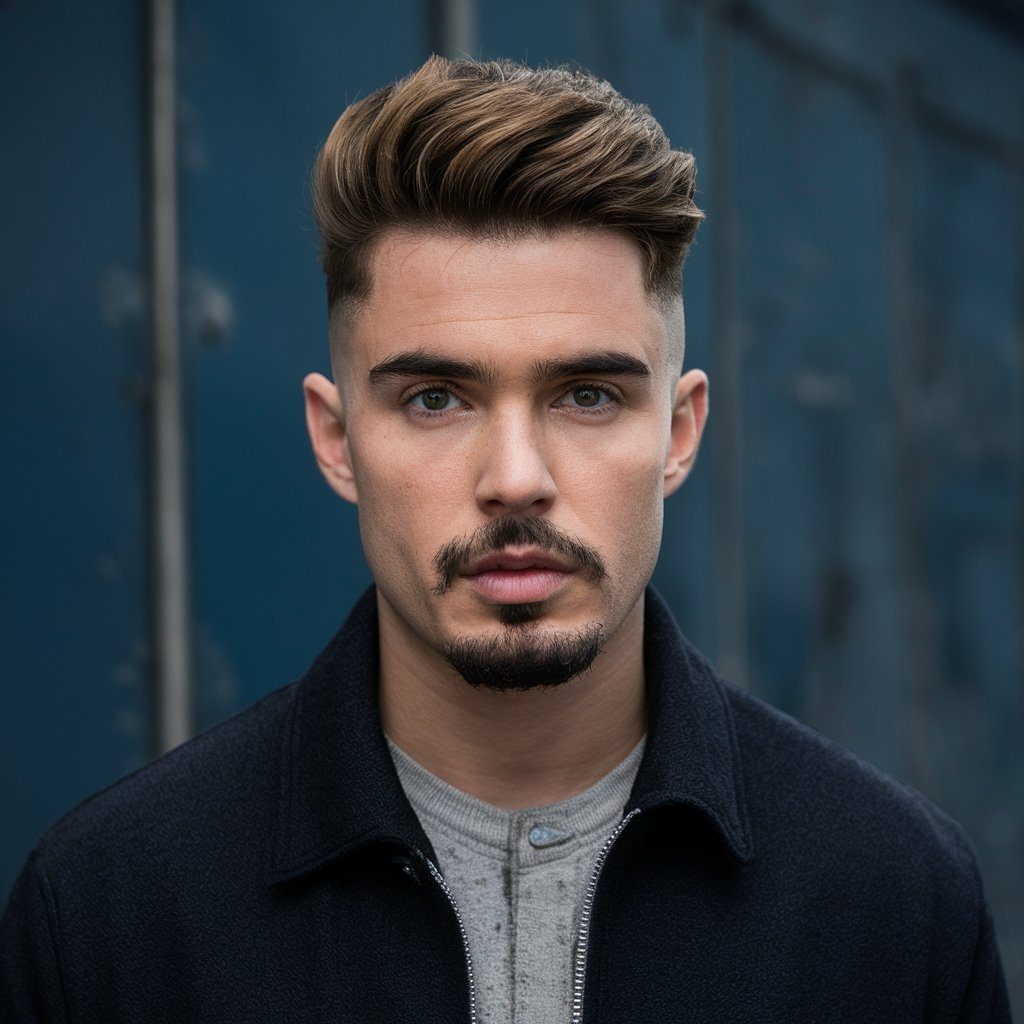
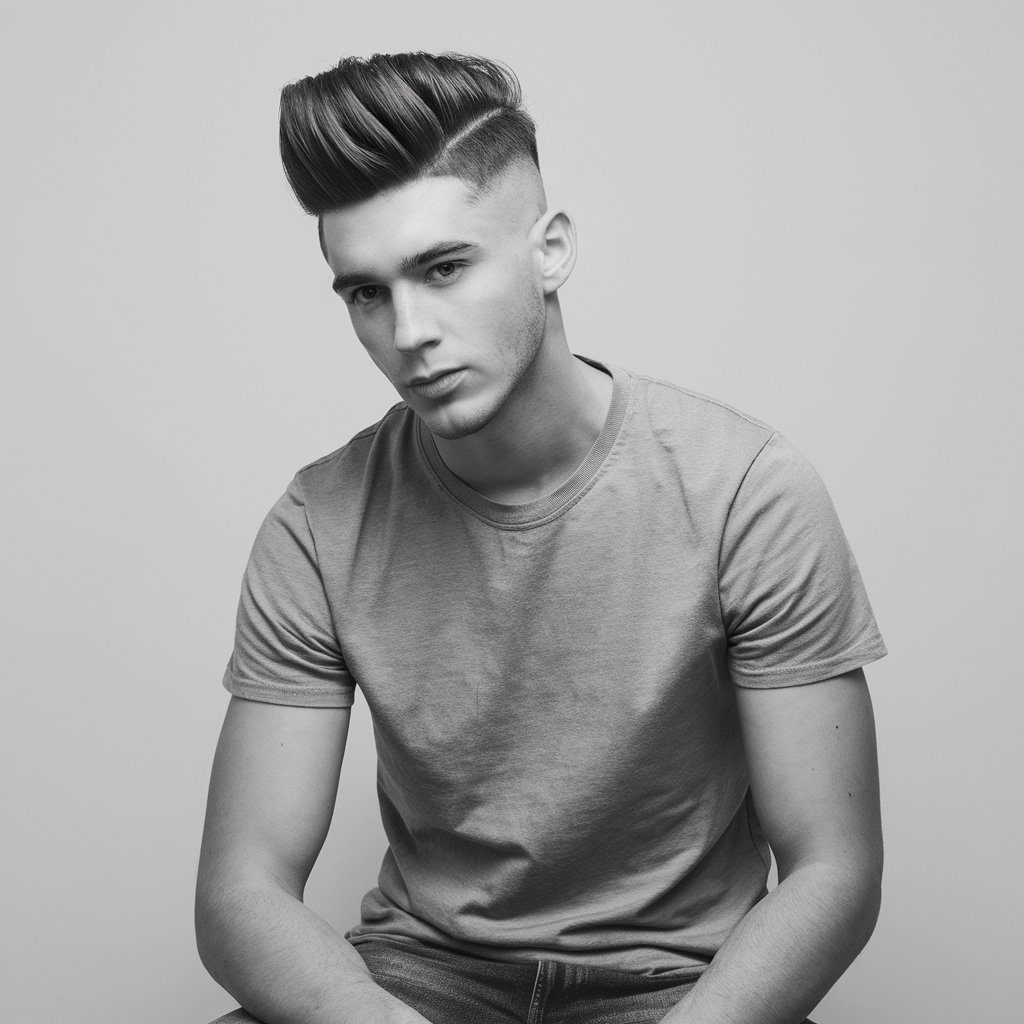
Features a voluminous pompadour on top with a tapering effect on the sides.
- Best For: Fashion-forward individuals who like vintage styles.
- Styling Tips: Use a strong hold pomade to achieve height and volume in the pompadour.
Low Taper


A subtle taper starting lower on the head, giving a minimalistic look.
- Best For: Those who prefer understated and clean styles.
- Styling Tips: Keep the top relatively short and use a light styling product for a natural finish.
What is a Fade Haircut?
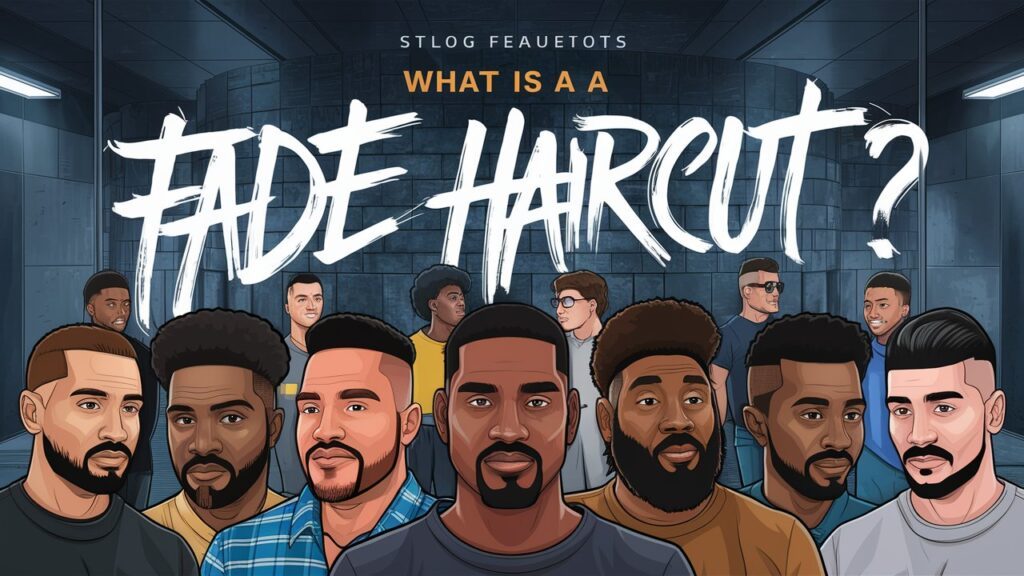
A fade haircut takes the concept of tapering to the next level. It features a more dramatic transition from longer to shorter hair, often creating a stark contrast. There are different types of fades, such as high, mid, and low fades, each indicating where the shortest part of the haircut begins on the head. Read more about fade haircut types.
Why Choose a Fade Haircut?
A fade haircut is a stylish and contemporary choice that offers a distinct and modern look. Here are several reasons why you might choose a fade haircut:
- Modern and Trendy: Fade haircuts are at the forefront of current hair trends, offering a sharp and edgy look that stands out. They are popular in fashion-forward and urban settings.
- Customizable Options: With various types of fades, including high, mid, low, skin, and drop fades, you can tailor the haircut to suit your personal style and desired level of contrast.
- Highlighting Features: The sharp transitions and contrasts of a fade can emphasize facial features and add definition to your overall appearance, making your look more striking.
- Versatile Pairing with Top Styles: Fades can be paired with a wide range of hairstyles on top, such as textured crops, slicked-back looks, quiffs, and comb-overs, allowing for creative and personalized styling.
- Fresh and Clean Look: The close-cut nature of fades provides a fresh and clean appearance. This makes fade haircuts an excellent choice for those who prefer a crisp, well-groomed look.
- Attention-Grabbing: The bold contrast of a fade haircut naturally draws attention, making it a great choice if you want a haircut that makes a statement and showcases your personal style.
If you’re having trouble deciding which hairstyle suits your style, read our article “Virtual Hair Makeovers: Using Apps to Find Your Perfect Style” for helpful tips and tools to visualize different haircuts on yourself.
Popular Examples of Fade Haircuts
High Fade

The fade starts high on the head, above the temples, creating a striking contrast.
- Best For: Bold and edgy looks.
- Styling Tips: Pair with a textured crop or a slicked-back top for maximum impact.
Mid Fade
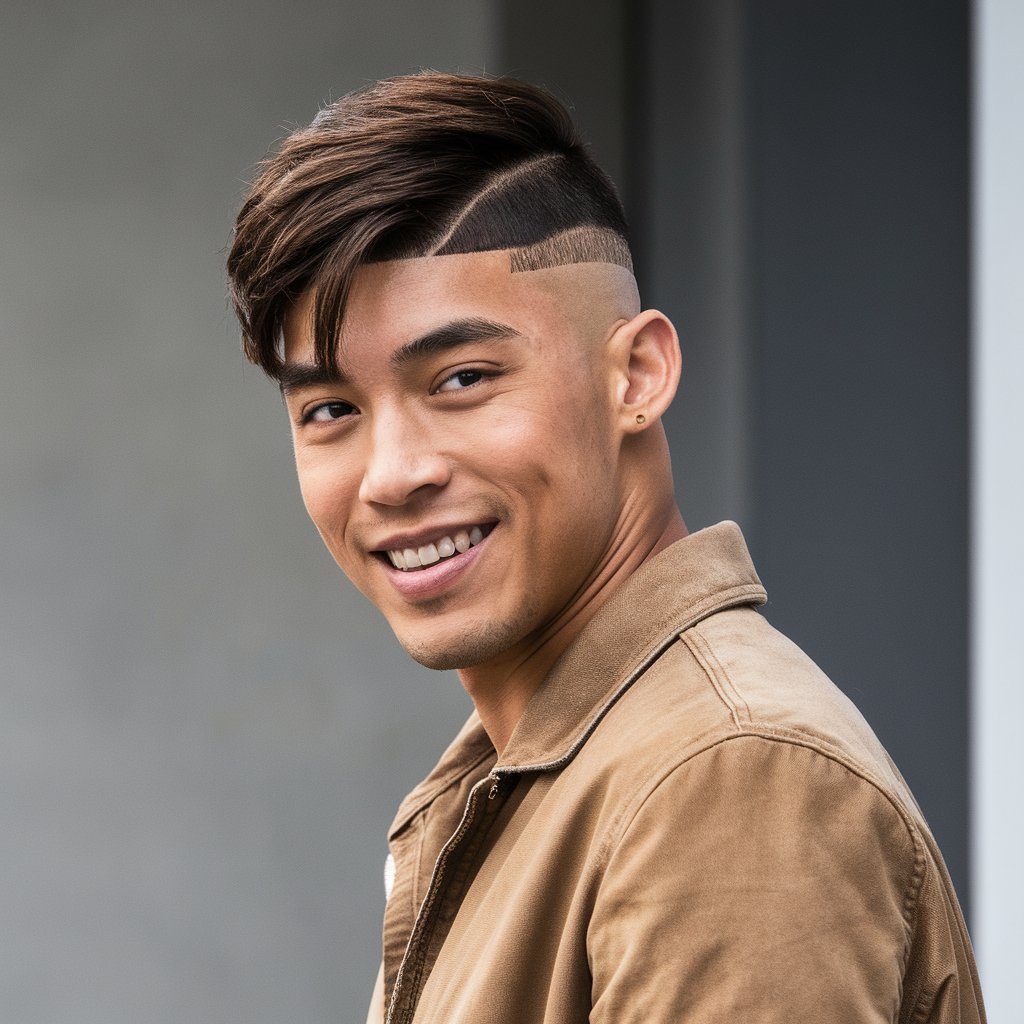
The fade begins at the midpoint of the sides and back, offering a balanced look.
- Best For: Those seeking a middle ground between subtlety and boldness.
- Styling Tips: Works well with a variety of top styles, from quiffs to comb-overs.
Low Fade
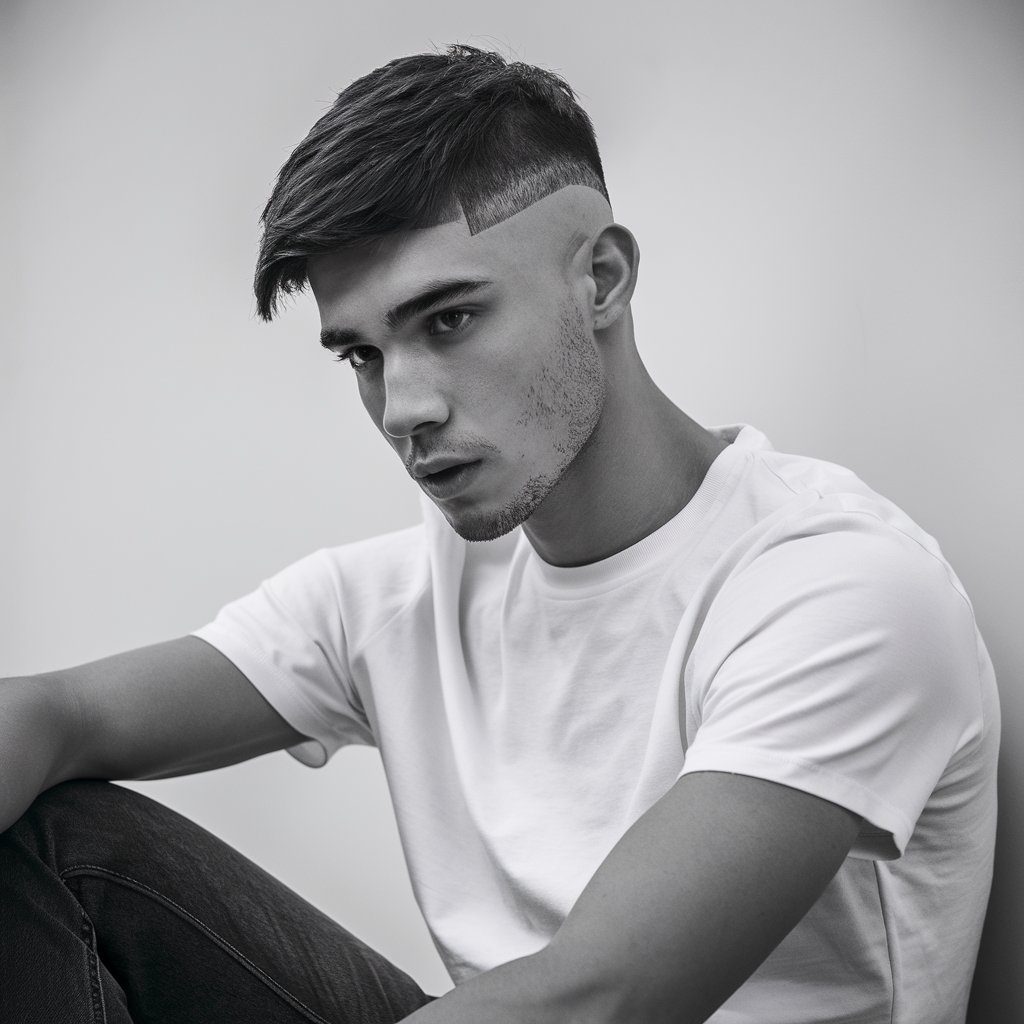
The fade starts just above the ears, providing a more understated transition.
- Best For: Conservative and classic styles.
- Styling Tips: Ideal with longer styles on top, such as a comb-over or a side part.
Skin Fade

The fade goes all the way down to the skin, creating a very clean and sharp look.
- Best For: Ultra-modern and clean appearances.
- Styling Tips: Best paired with short, cropped tops or a high and tight style.
Drop Fade
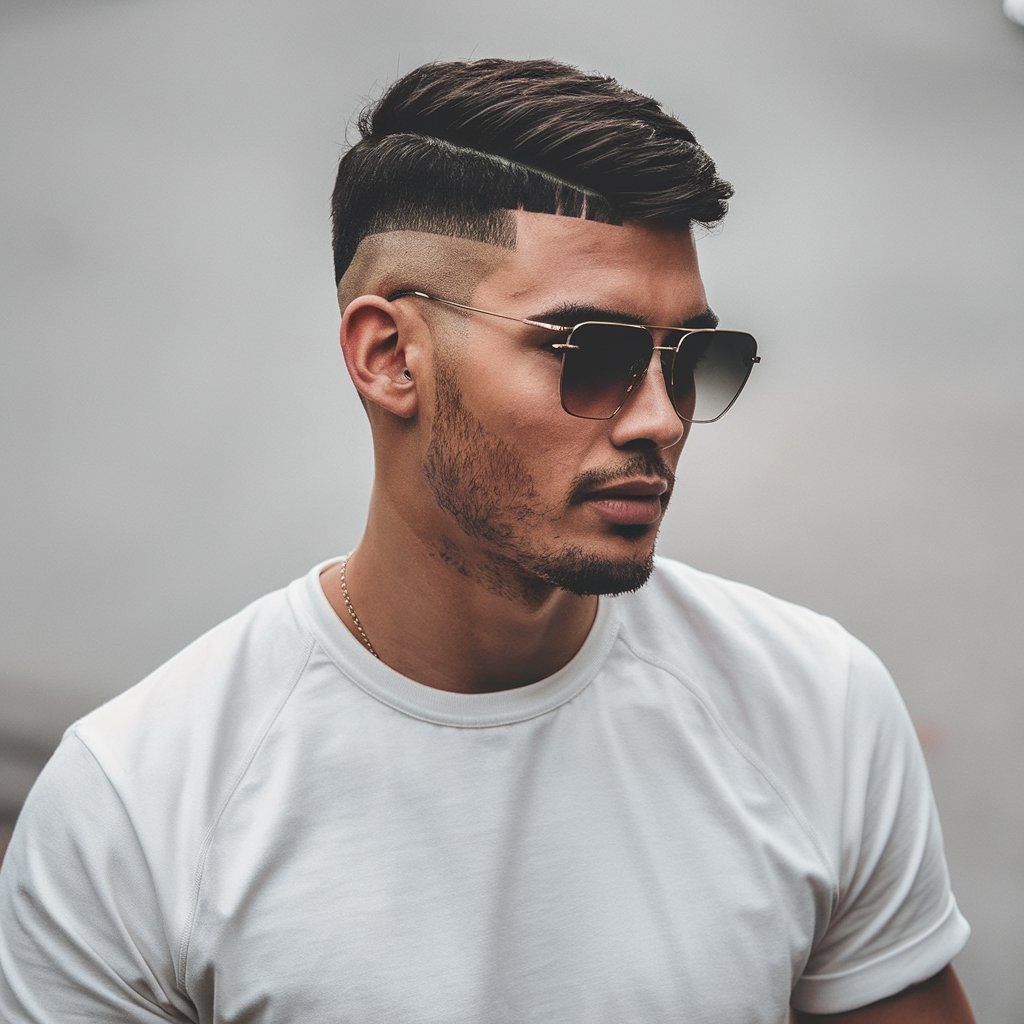
The fade drops down behind the ear, following the natural curve of the head.
- Best For: Adding a unique twist to the classic fade.
- Styling Tips: Pairs well with textured or curly tops for a distinctive look.
Taper vs. Fade: Which One is Right for You?
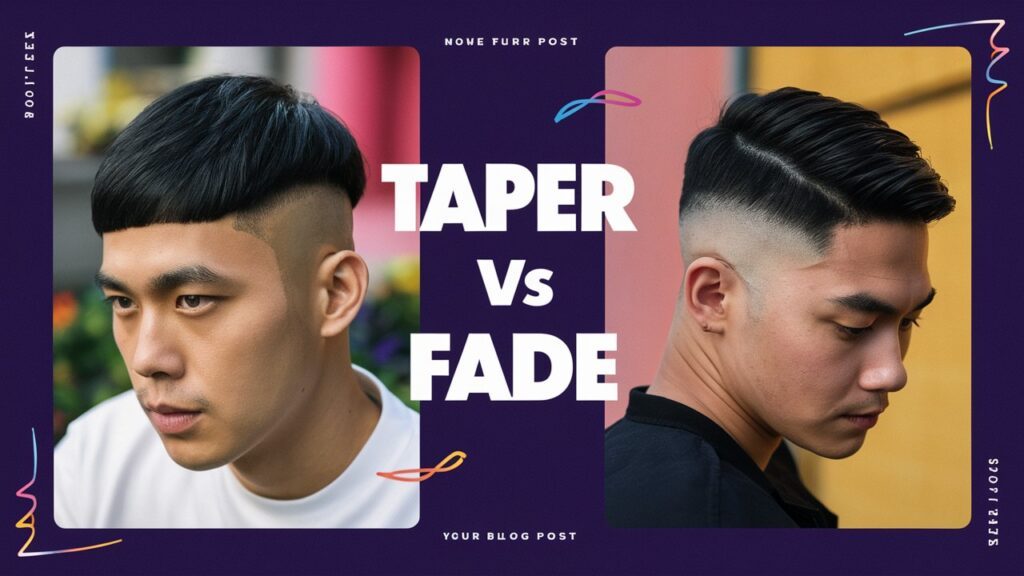
Choosing between a taper and a fade comes down to personal preference and lifestyle. Here are some factors to consider:
- Lifestyle and Profession: If you work in a conservative environment, a taper might be the safer bet. For a more creative or relaxed setting, a fade can add some flair.
- Maintenance: Fades generally require more frequent upkeep to maintain their sharp look, while tapers grow out more gracefully.
- Personal Style: Think about your overall style. If you prefer classic and timeless, go for a taper. If you’re all about staying on-trend and making bold statements, a fade is your go-to.
Both taper and fade haircuts have their unique advantages and can suit different tastes and needs. Understanding the differences and considering your lifestyle and personal style will help you make the best choice. Whether you go for the smooth, gradual transition of a taper or the bold, defined look of a fade, you’re sure to look sharp and stylish with either option.
So next time you sit in the barber’s chair, you’ll be equipped with the knowledge to get the perfect haircut that suits you best. Happy grooming!
FAQs: Taper vs. Fade Haircut
1. What is the main difference between a taper and a fade haircut?
The main difference lies in the transition of hair length. A taper features a gradual reduction in hair length from top to bottom, while a fade involves a more dramatic transition, often resulting in a stark contrast between longer and shorter hair.
2. Which haircut is easier to maintain: taper or fade?
Tapers are generally easier to maintain as they grow out more gracefully, requiring less frequent trips to the barber. Fades, especially high and skin fades, need regular upkeep to maintain their sharp look.
3. Can taper and fade haircuts suit all hair types?
Yes, both taper and fade haircuts can be adapted to suit various hair types. Whether you have straight, wavy, or curly hair, these styles can be customized to enhance your natural texture.
4. Are taper haircuts suitable for professional settings?
Absolutely. Taper haircuts offer a clean and polished appearance, making them ideal for professional and conservative environments.
5. What are the different types of fade haircuts?
The most common types of fade haircuts include high fade, mid fade, low fade, skin fade, and drop fade. Each type offers a unique look and level of contrast between hair lengths.
6. How often should I get a fade haircut trimmed?
For a fade haircut to maintain its sharp and defined look, it’s recommended to visit the barber every 2-3 weeks.
7. Can I switch from a taper to a fade haircut easily?
Yes, you can switch from a taper to a fade haircut. Consult with your barber to achieve the desired transition and to choose the fade type that best suits your style.
8. What styling products work best for taper haircuts?
For taper haircuts, products like pomade, styling cream, or gel work well to achieve a sleek and polished look. The choice depends on the desired hold and finish.
9. What are some popular hairstyles to pair with a fade haircut?
Popular hairstyles to pair with a fade include textured crops, slicked-back tops, quiffs, and comb-overs. The style can be tailored to suit personal preferences and face shapes.
10. Can women also get taper and fade haircuts?
Yes, taper and fade haircuts are not limited to men. Many women opt for these styles to achieve a bold and trendy look. These haircuts can be customized to suit individual preferences and hair types.
